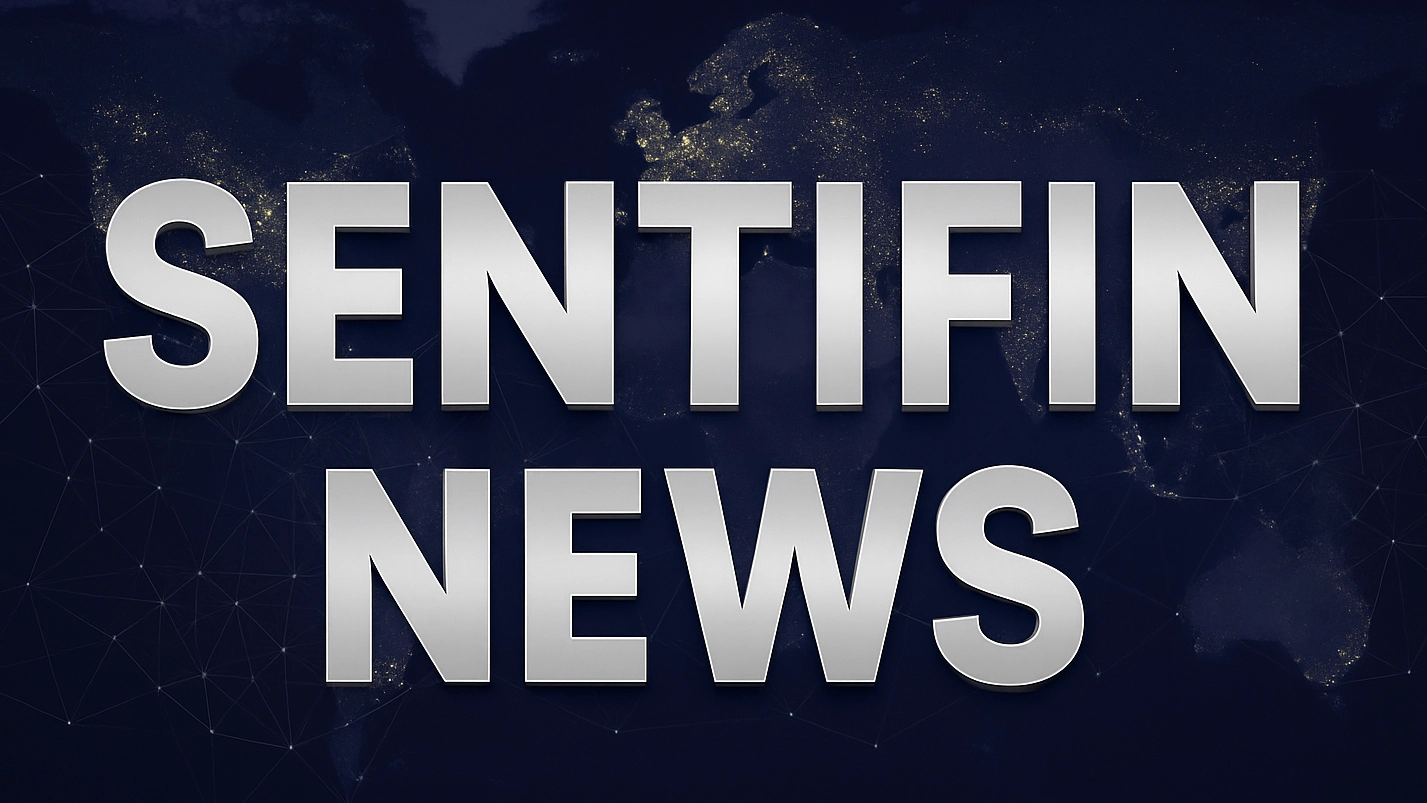Zelensky to meet with Trump after Putin talks end without a ceasefire

News Summary
U.S. President Donald Trump and Russian President Vladimir Putin met in Anchorage, Alaska, on August 15, 2025. Trump stated the talks “went very well” but no ceasefire agreement was reached. Trump indicated on social media that the best way to end the horrific war is through a “Peace Agreement” rather than a mere “Ceasefire Agreement,” a stance that puts him at odds with Ukrainian and European leaders who seek a lasting ceasefire. European leaders stressed that Ukrainian President Volodymyr Zelenskyy should be present during any future talks and reiterated that Ukraine will decide on its territory. They expressed concern that Trump was moving closer to Putin’s position and threatened to uphold and strengthen sanctions on Russia if the killing continues. President Zelenskyy plans to meet Trump in the Oval Office on Monday to discuss details regarding ending the war. Trump stated that if all works out, he will then schedule another meeting with Putin. Russian officials described the meeting as “very frank, meaningful,” signaling a new security architecture.
Background
As of 2025, the conflict between Russia and Ukraine has been ongoing for an extended period, profoundly impacting global geopolitics and the economic landscape. The United States and its European allies have historically supported Ukraine and imposed sanctions on Russia. However, since President Donald J. Trump's re-election in 2024, the U.S. stance on the Russia-Ukraine conflict has shown a potential shift, particularly regarding diplomatic resolution pathways.
In-Depth AI Insights
What does Trump's shift from focusing on a ceasefire to a 'Peace Agreement' imply for the conflict's future? - Trump's strategy likely aims for a more definitive resolution rather than a temporary pause. This could mean increased pressure on Ukraine during negotiations to make territorial or sovereignty concessions in exchange for a permanent Russian withdrawal or security guarantees. - This shift might prolong the conflict in the short term, as reaching a 'Peace Agreement' is typically more complex and time-consuming than a ceasefire, involving deeper geopolitical maneuvers and diverse interests. For investors, this implies that geopolitical risk premiums may persist, potentially impacting economic stability and market confidence in affected regions. How will European allies' concerns and their threat of continued sanctions against Russia impact transatlantic relations and markets? - Europe's apprehension about Trump potentially aligning with Putin signals a deepening divide within the transatlantic alliance. If a significant rift emerges between the U.S. and Europe on Russia policy, it could weaken collective Western pressure on Russia, potentially prolonging the conflict or altering its outcome. - Europe's threat of 'snapback sanctions' indicates its determination to maintain economic pressure on Russia. This could lead to continued uncertainty in Russian energy and commodity export markets, affecting global commodity prices and related corporate earnings. If sanctions further strain the European economy, it could also pose challenges to Eurozone assets and the macroeconomic outlook. How might Zelenskyy's meeting with Trump set the stage for future diplomatic paths and Ukraine's situation? - The direct dialogue between Zelenskyy and Trump is crucial as it will determine whether the U.S. maintains its principle of 'Ukrainian self-determination' or if Trump pushes for a 'peace agreement' vision that might be less favorable to Ukraine. - The outcome of the meeting will directly influence the level of international support for Ukraine, including military aid and economic reconstruction funds. If the meeting fails to meet Ukraine's expectations, it could lead to reduced aid, impacting its resistance capabilities and post-war recovery prospects, posing potential risks to commodity markets and some European industries reliant on Ukraine's economic stability.